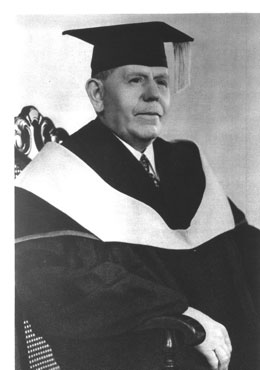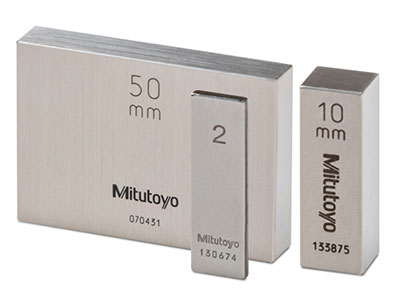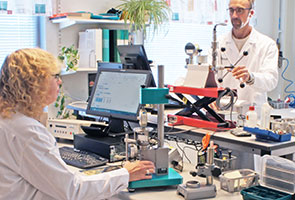How many people knows what a gauge block is? Probably a lot of people have never heard of gauge blocks, even though it is the foundation for all modern industrial production and has been so for over 110 years. Without exaggeration.
The fact that the gauge block is a Swedish invention does not make it less interesting. A hidden celebrity we cannot manage without!
But what are gauge block really?
Simply explained, it is small pieces with very exact measurements. Most often made of steel but they can also be made of ceramics and other type of hard metals like Tungsten carbide.
The inventor Carl Edvard Johansson (also called for Mått-Johansson which means Measurement-Johansson) worked among other things with manufacturing of rifles. He needed something with very accurate measurements, to be able to adjust machines and measuring instruments with high precision. This to be able to get the manufactured parts to be as like to each other in size as possible.
 He experimented and succeeded to manufacture gauge block with such precision already in year 1896 that their length did not differ more than some thousand parts of a mm. The modern gauge block was born.
He experimented and succeeded to manufacture gauge block with such precision already in year 1896 that their length did not differ more than some thousand parts of a mm. The modern gauge block was born.
CE Johansson later worked in USA, and Henry Ford was early to purchase a gauge block set from CE Johansson.
Today we have better manufacturing methods compared to 100 years ago and regular gauge blocks have today a precision down to 0,05 µm!
Gauge blocks are used for many purposes, from calibration of callipers to extremely accurate settings of production machines. Now, as well as back then for 100 years ago, the reason is that you would like to manufacture details that has the same measurements and can be replaced between each other.
Gauge blocks are available in sizes from a tenth of a mm to pieces that is meters in length.
The surfaces are extremely smooth and level, and it is actually possible to get them to stick together just by placing two blocks together and wringe them. You would be surprised by the strength that will keep them together!
By wringing gauge blocks together a gauge block set with e.g. 102 blocks can be combined so that you’ll get ten thousands of different measurements with a difference down to 0,05 µm!
Now we are going go mention the issue with calibration...
 Just because you purchase a nice (expensive) accurate gauge block set doesn’t mean that it will remain as nice and will keep the measurements...
Just because you purchase a nice (expensive) accurate gauge block set doesn’t mean that it will remain as nice and will keep the measurements...
There are many really nice, well taken care of gauge blocks in the industry, but there are also many corroded, dirty, worn and sorry gauge blocks. Sometimes we also get gauge blocks that are so scratched that they cannot be calibrated.
One horrifying example from our reality was a set where half of the gauge blocks had fingerprints on them that had been there so long time that they had made permanent marks on the surface. The surface that should be absolutely clean, smooth and level. This user had left indelible evidence of activity.
Even if a gauge block looks really nice it doesn’t mean it actually keep the correct length. A gauge block can actually grow over time and become to long, and it could also shrink and become too short! Hence the need of calibration to make sure the gauge block remains the same size. Most often it is the less expensive brands that shows these problems over time. Problems that force you to cancel the usage of the blocks and scrap them.
In this case, speaking of changing a lot, it is not mm we are speaking of, not even several µm. In the world of gauge blocks only a few tenths µm can be a very big distance...
So, please, take good care of your gauge blocks, clean them, and lubricate them to avoid corrosion.
P.S. If you have any questions or need any help, please send inquiries to This email address is being protected from spambots. You need JavaScript enabled to view it.
Erik Stenström


